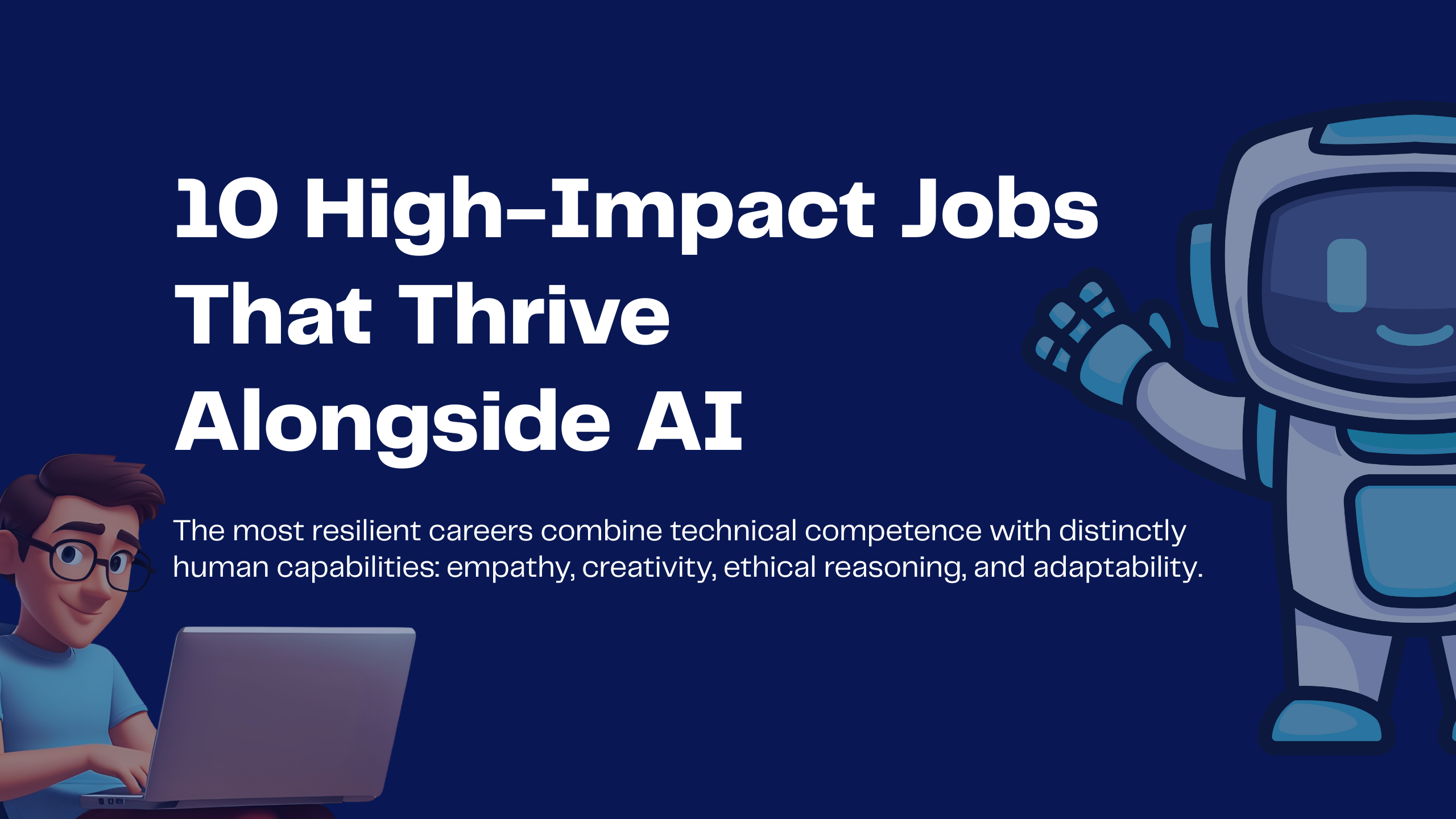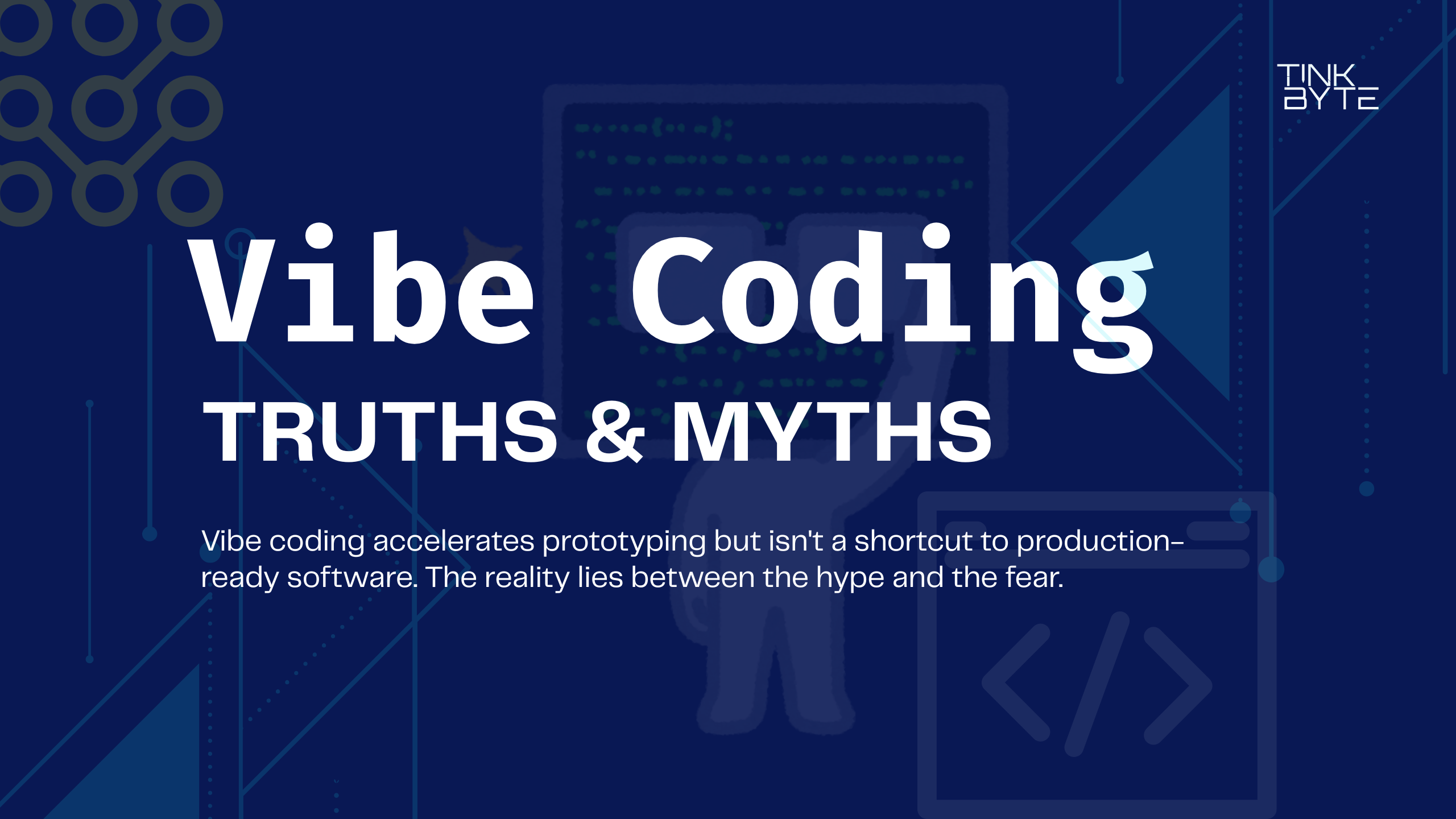The Product Manager to Founder Transition - What Nobody Tells You
I’ve been watching a lot of PMs make the leap to founder lately. Some nail it, others struggle. After helping dozens through this transition, here’s what I’ve learned about what actually matters.
The Skills That Actually Transfer
Product intuition becomes market intuition. As a PM, you’re constantly asking “what should we build next?” As a founder, it’s “what market should we serve?” The thinking pattern is identical - you’re just zooming out.
Stakeholder management becomes everything management. You already know how to align engineers, designers, and executives. Now you’re aligning investors, customers, and team members. Same skill, bigger stage.
Data-driven decision making stays critical. The metrics change from DAU and conversion rates to burn rate and runway, but the discipline of measuring what matters doesn’t change.
The Gaps You’ll Face
Revenue responsibility hits different. As a PM, you influence revenue. As a founder, you ARE revenue. The pressure is completely different. You’ll need to get comfortable with sales conversations, pricing discussions, and revenue forecasting.
Resource constraints are real. You’re used to having a team, budget, and infrastructure. Now you’re the team, the budget, and you’re building the infrastructure. Everything takes longer than you think.
The feedback loop changes. PM feedback comes from users and data. Founder feedback comes from the market - and sometimes the market is silent. You’ll need to develop comfort with uncertainty.
How to Prepare While You’re Still a PM
Start building in public. Write about your product decisions. Share your framework. Build an audience around your thinking. This becomes your founder platform.
Learn the business side. Understand unit economics, not just user metrics. Sit in on sales calls. Learn how deals get closed. Ask your CEO about fundraising.
Build your network strategically. Connect with other founders, potential advisors, and industry experts. Your network becomes your safety net.
Develop a side project. Even a small one. Experience the full cycle of building, launching, and iterating without the safety net of a company.
The Transition Timeline
Months 1-3: Reality check. Everything takes longer. You’ll miss having a team. You’ll question the decision. This is normal.
Months 4-6: Finding rhythm. You start developing systems. You understand your new constraints. You begin to see what’s working.
Months 7-12: Momentum building. You’re thinking like a founder, not a PM. You’re building something sustainable.
What Success Looks Like
It’s not about building the next unicorn. It’s about building something that solves a real problem for real people. Some of the best founder transitions I’ve seen resulted in profitable, sustainable businesses that never raised a dollar.
The PM mindset - user-focused, data-driven, iterative - is actually perfect for building sustainable businesses. You just need to expand your definition of success.
The Bottom Line
The transition from PM to founder isn’t about learning completely new skills. It’s about applying your existing skills to a broader set of problems while developing comfort with higher stakes and less certainty.
If you’re thinking about making the leap, start preparing now. Build your network, develop your platform, and get comfortable with the business side of product.
The market needs more founders who think like PMs. The question is: are you ready to be one of them?
What’s your experience with career transitions in tech? Share your story - I’d love to hear about the challenges and breakthroughs you’ve experienced.





No comments yet
Be the first to share your thoughts on this article.
Delete Comment
Are you sure you want to delete this comment? This action cannot be undone.
Report Comment
Why are you reporting this comment?